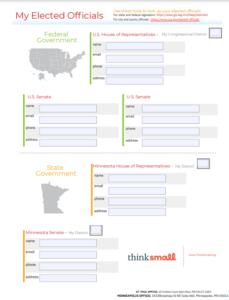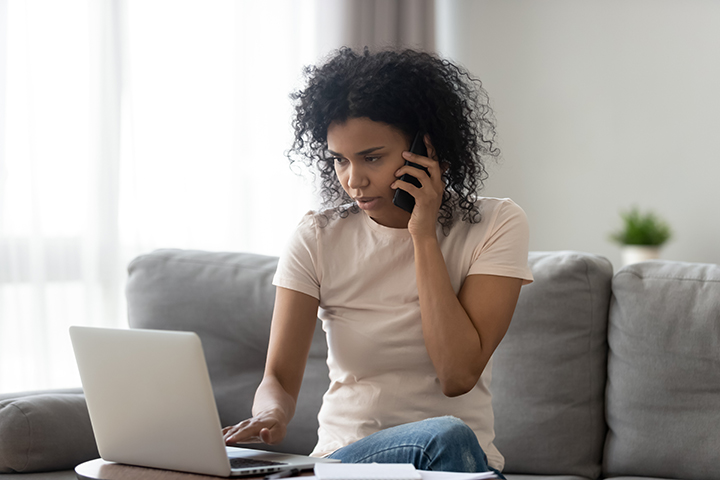Parts of our pandemic life are becoming familiar. Video calls, online ordering, different health and safety protocols. We adapt and create as we go.
Elected officials have had to adapt in these times as well. They meet via video call or wear masks when in their usual spaces. They are, however, still meeting with constituents. If this moment has you fired up about policy changes big or small, it’s a great time to advocate.
If you’re not sure who your elected officials are, take a few minutes to fill out this form where you can write down all of your officials and their contact information.
Many advocacy options are the same as always during the pandemic. Here are some early education-specific guides to help you take the next step to have your voice heard.
Call your elected officials
Call your elected officials. Whether you’re introducing yourself or supporting a specific policy, a phone call is an effective, personal, and germ-free way to connect. Some elected officials offer video calls as an option. The same ideas apply—just remember to dress for it.
Write a Letter to the Editor
Write a letter to the editor. Have an idea that needs to be lifted up during this moment? Do you have a brilliant vision about how we can make the field better long term? A letter to the editor is a great way to share your ideas with your community.
Write a letter or email to your elected official
Write a letter or email to your elected official. Show your support or opposition to a policy by writing to your legislators to let them know where you stand and why. Send them a copy of the letter to the editor you wrote. Write down what you and your program are experiencing during the pandemic to help guide their policy response.
Advocate on Social Media
Advocate on Social Media. Our electronic devices are connecting us in so many ways these days! Social media is a great option to amplify the messages and solutions from other organizations. It’s also a way to highlight how your role connects with the larger policy picture.
Strangely enough, virtual advocacy looks a lot like regular advocacy! We’re missing out on ‘Days on the Hill’ and in-person meetings at the Capitol, but much of the work is still possible.
One activity that is more challenging these days is a tour of your early childhood education program. If you’re an early childhood educator, consider inviting your legislator for a virtual tour. Whether your program is full or operating at drastically reduced capacity, a tour can show your representatives what challenges you’re facing. Use your phone to guide them around the space on video.
People in Bemidji, MN, are as close to the State Capitol as people in Saint Paul, MN.
In many ways this is a very special moment in time. Access to elected officials is both more challenging and more equal than during normal times. No longer can a lobbyist pull aside a legislator as they’re walking down the hallway to discuss an issue. People in Bemidji, MN, are as close to the State Capitol as people in Saint Paul, MN, (as long as you have internet access, of course). Almost everyone is at least a little bit out of their element. Let’s take this opportunity to encourage policymakers to envision what is possible and make it happen.
Additional Resources
You can also check out the Child Care Aware of America Advocacy from Home Toolkit for additional resources.
By Marie Huey, Public Policy and Advocacy Coordinator









